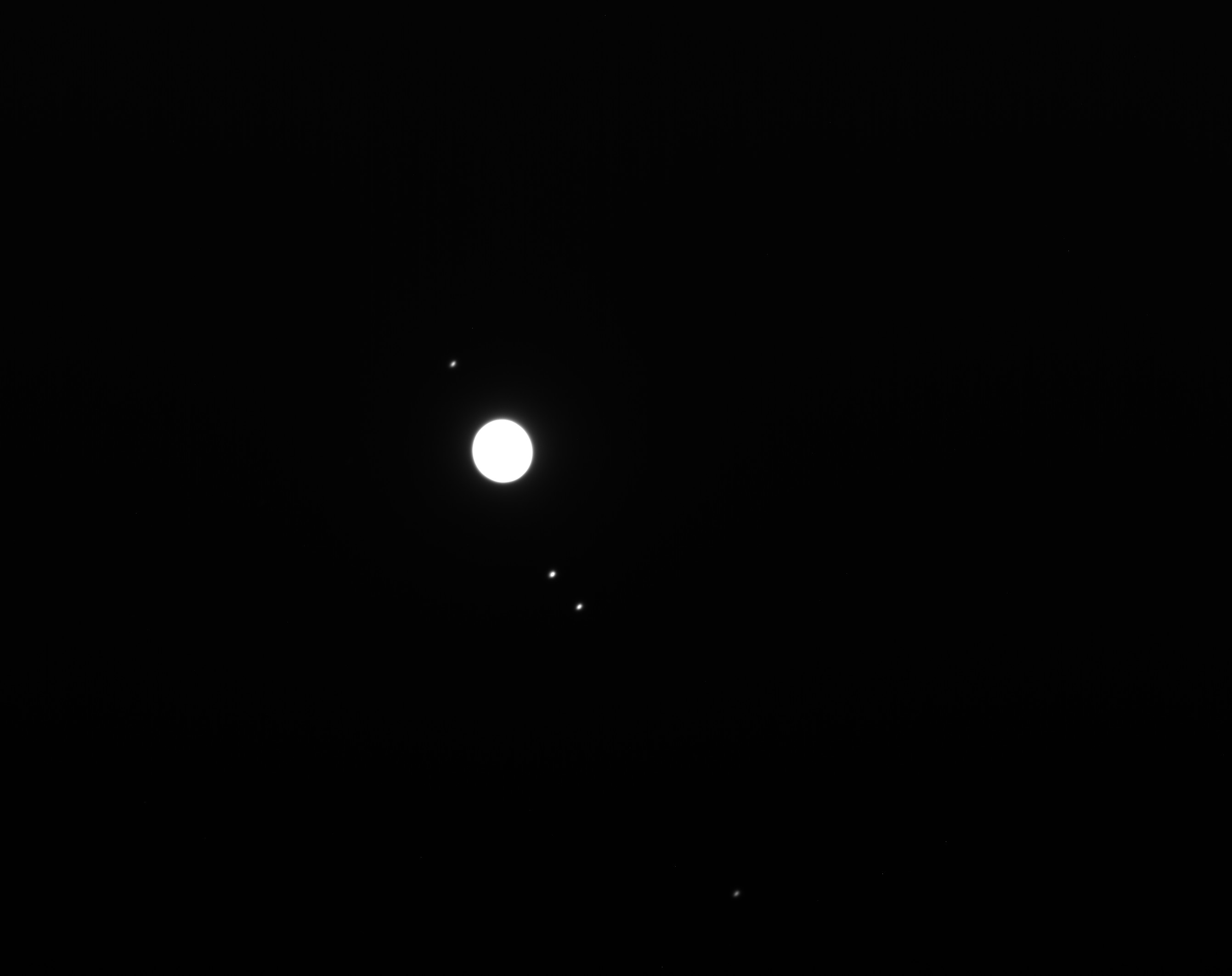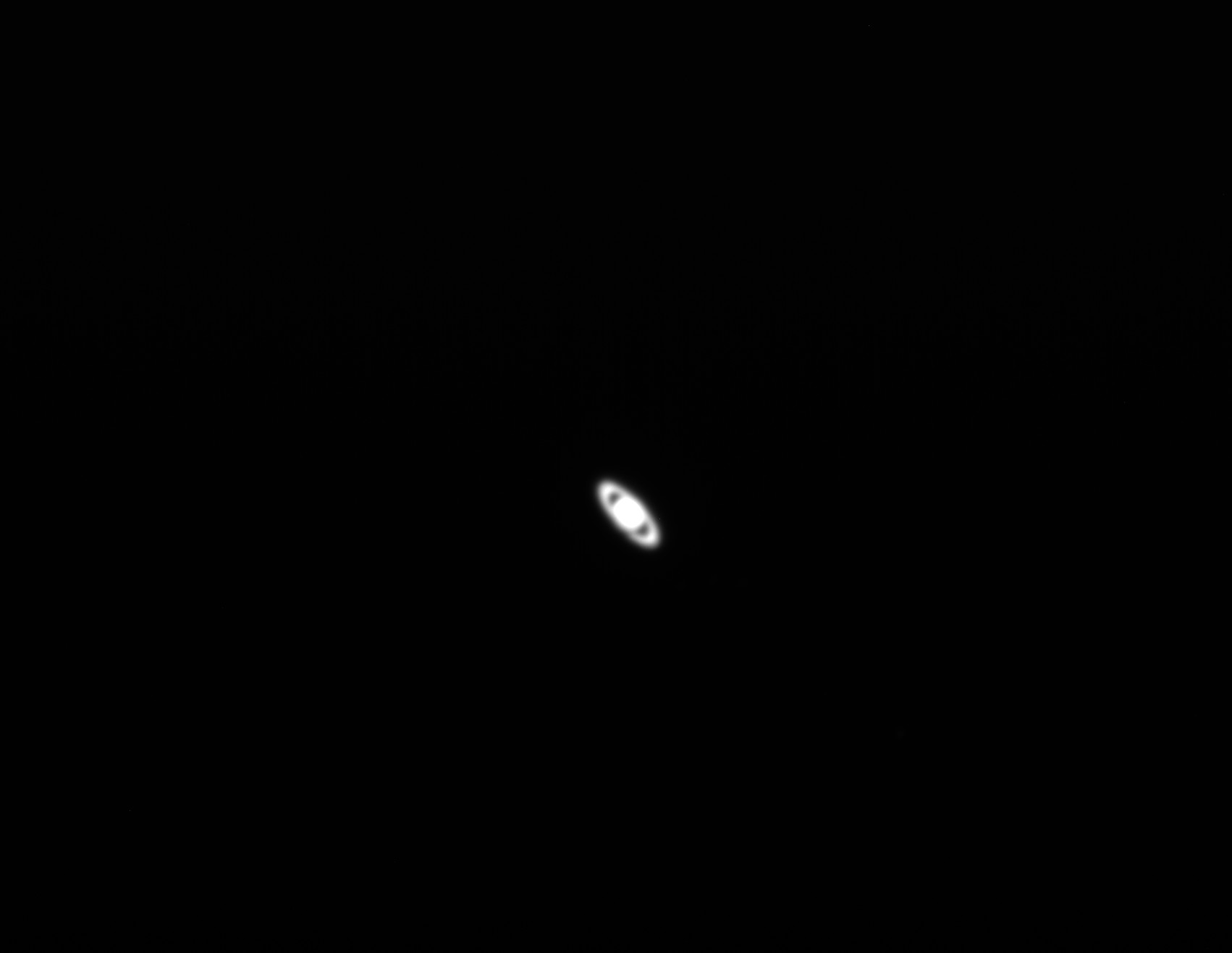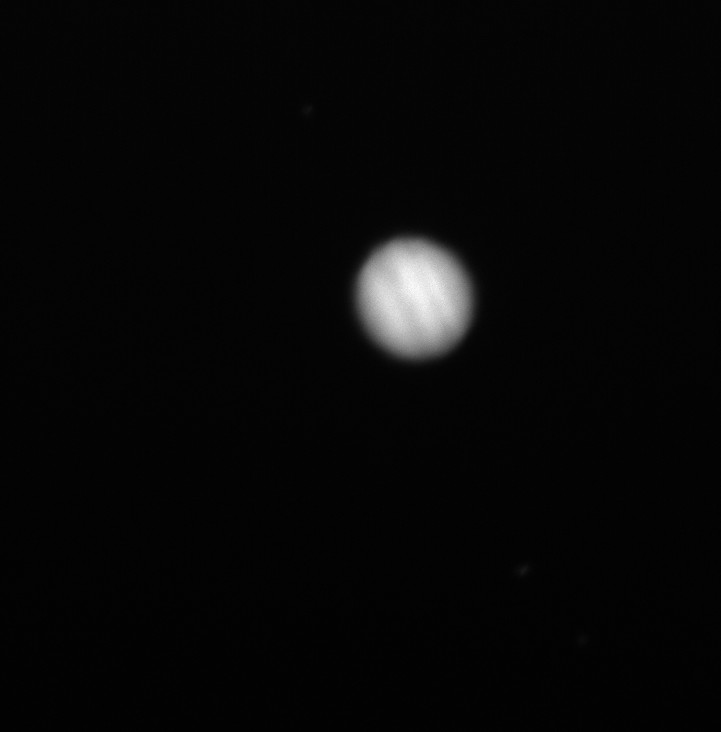Stargazing: Jupiter Measurement and Calculation of the Speed of Light
You can view the Matura thesis here
Abstract
The speed of light was calculated in my thesis based on eclipses of the moon Io and the planet Jupiter. In 1676, the Danish astronomer Ole Römer made the first approximation of the speed of light, proving that it is finite. His results yielded a value of 220,000 km/s.
The focus of this project was to calculate the speed of light more precisely, using Römer’s method. I recorded entries of Io into Jupiter’s shadow, as well as its exits from the shadow, over the course of a year. This table included only events visible from Earth. By calculating and analyzing the data, a time difference was obtained. Using geometric drawings, the correct distance was measured and calculated. With the known distance and time delay, I was able to calculate the speed of light. My rounded result was 274,000 km/s. Using a modified method, which I will detail in this paper, I obtained more accurate values than those Römer could achieve about 350 years ago.
The second aspect of my work involved calculating the radius and mass of the gas planet Jupiter. I conducted two measurements by photographing Jupiter with its four largest moons and the Ring Nebula NGC 6720. Both images were scaled to the same size. By comparing the two photographs (knowing the size of the Ring Nebula), I was able to calculate the apparent size of Jupiter. This size was then converted to the actual radius using trigonometry, achieving a measurement with a 0.5% deviation. Using the radius and the density of the gas planet, I could then calculate Jupiter’s mass.
Introduction Link to heading
The research explores:
- An improved calculation of the speed of light based on Römer’s method.
- Measurement of Jupiter’s radius and mass using scaled astronomical photographs.
Methodology Link to heading
Ole Römer’s Light Speed Method Link to heading
Historical observations by Römer showed time variations in Io’s eclipses, revealing that light has a finite speed. Using geometrical calculations, the study replicates this approach with modern data and imaging techniques.
Telescope and Image Processing Link to heading
A Celestron CPC DeluxeHD telescope with an Atik 460EX camera was used. To enhance the accuracy of the images, color filters were applied and post-processed in GIMP.
Results Link to heading
Speed of Light Calculation Link to heading
The calculated speed of light is approximately 274,000 km/s, showing a 9% error from the modern accepted value of about 299,792 km/s.
Jupiter’s Radius and Mass Link to heading
By comparing photographs of Jupiter and the Ring Nebula (NGC 6720), Jupiter’s apparent size was scaled to compute its actual radius, yielding an error margin of 0.5%.
Conclusion Link to heading
This project verified Römer’s method for calculating the speed of light with modern data and equipment, refining the historical accuracy. Additionally, Jupiter’s radius and mass were successfully estimated with minimal error.



